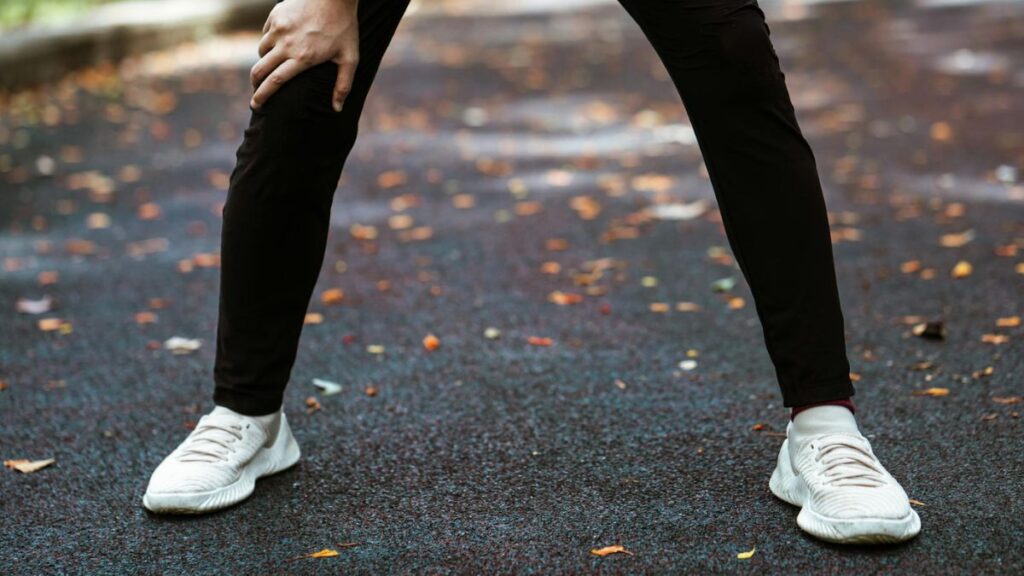An injury can disrupt life in unexpected ways. Whether caused by an accident, sport, or an unexpected fall, the recovery process is often challenging and multifaceted. Prioritizing health post-injury lays the groundwork for an effective recovery. Understanding the critical steps to take can significantly influence both physical and emotional rehabilitation. By focusing on holistic recovery strategies, individuals can not only heal their bodies but also regain their confidence and overall quality of life. This article outlines seven essential strategies for prioritizing health and optimizing recovery after a personal injury.
1. Understand Your Injury and Treatment Options
Fully understanding the nature of your injury is the first step toward recovery. Whether it’s a sprain, fracture, or soft tissue injury, knowledge helps you set realistic expectations. Consulting healthcare professionals about your condition and treatment options is imperative. This will involve discussions of immediate care techniques, rehabilitation therapies, and potential surgeries. Attending follow-up appointments ensures that any evolving symptoms can be promptly addressed. Through reliable sources, such as medical professionals and trusted health websites, you can gather information that contributes to an informed outlook on your recovery journey. Working with a dedicated legal team, like TheTerryLawFirm, can also provide essential guidance, allowing you to understand how your injury might impact both your health and your rights. As you navigate your choices, remain engaged and ask questions that clarify the best paths forward.
2. Commit to a Structured Rehabilitation Program
Rehabilitation is often an essential phase of recovery following an injury. A structured rehabilitation program tailored to your specific injury can enhance recovery significantly. Physical therapists usually design these individualized programs, combining exercises to strengthen muscles and regain range of motion. Adhering to this plan is crucial, as consistency fosters quicker recovery. Expect to deal with discomfort, but regular attendance at therapy sessions and diligent practice of at-home exercises are key to long-term healing. This commitment not only restores physical function but also motivates you throughout the recovery process. Moreover, tracking progress can be incredibly satisfying. Each milestone, whether it’s pain relief or increased mobility, serves as a reminder of your dedication to recovery.
3. Focus on Nutrition for Healing
Nutrition plays a pivotal role in recovery, serving as the body’s fuel to heal effectively. After an injury, your body requires a balanced intake of vitamins and nutrients to support tissue repair and boost the immune system. Nutrient-rich foods, particularly those high in protein, vitamins C and D, and omega-3 fatty acids, should be emphasized. Incorporating leafy greens, lean meats, nuts, and whole grains into your diet can expedite the healing process. Staying hydrated is equally important, as proper hydration aids in nutrient absorption and promotes overall health. Avoiding processed sugars and unhealthy fats can prevent inflammation and promote faster recovery. Consulting with a nutritionist can provide tailored dietary recommendations that align with your recovery goals.
4. Prioritize Mental Health and Emotional Well-being
Mental health is consistently overlooked but is essential for a comprehensive recovery strategy. Experiencing a personal injury can lead to feelings of frustration, sadness, or even anxiety about the future. Engaging in conversation with mental health professionals, such as therapists or counselors, can offer vital support. Developing coping strategies such as mindfulness, meditation, or yoga has proven to enhance overall mental well-being. Maintaining social connections can also elevate your mood, providing emotional support during harder times post-injury. Consider joining support groups where you can share experiences and connect with others going through similar challenges. Activities that promote relaxation, whether listening to music or reading, can be beneficial amidst the stress of recovery.
5. Stay Active Within Your Limits
Staying active is key to retrieving physical capabilities after an injury, but it must be approached cautiously. Finding suitable activities that adhere to your current physical limits is essential. Low-impact exercises, such as walking, swimming, or cycling, can gently promote overall fitness without risking further injury. Listen to your body and respect its signals, ensuring not to push too hard as this may delay recovery. Consult your healthcare provider before starting any new activities, ensuring they align with your rehabilitation goals. Involving friends or family in physical activities can add enjoyment and motivation, transforming recovery into a community effort. Engaging in gentle stretching or yoga can also improve flexibility and aid in pain relief.
6. Maintain Open Communication with Your Support System
Building a reliable support system is vital during recovery, whether it’s family, friends, or healthcare professionals. Maintaining open communication regarding your needs and feelings encourages stronger relationships. Discuss your limitations and request assistance when necessary, as this comes from a place of strength, not weakness. Collaborative discussions surrounding your recovery can lead to tailored support that resonates with your experiences. For instance, a family member might accompany you to appointments or help with daily tasks. Sharing updates about your progress can also foster motivation, creating an accountability system.
This proactive approach empowers you to take charge of your healing journey securely, allowing adjustments as conditions change and inspire growth. By incorporating these strategies into your recovery plan, you can enhance both your physical and mental health post-injury. The journey may be difficult, but prioritizing health through structured rehabilitation, nutrition, emotional support, and monitoring progress paves the way to a successful recovery.







